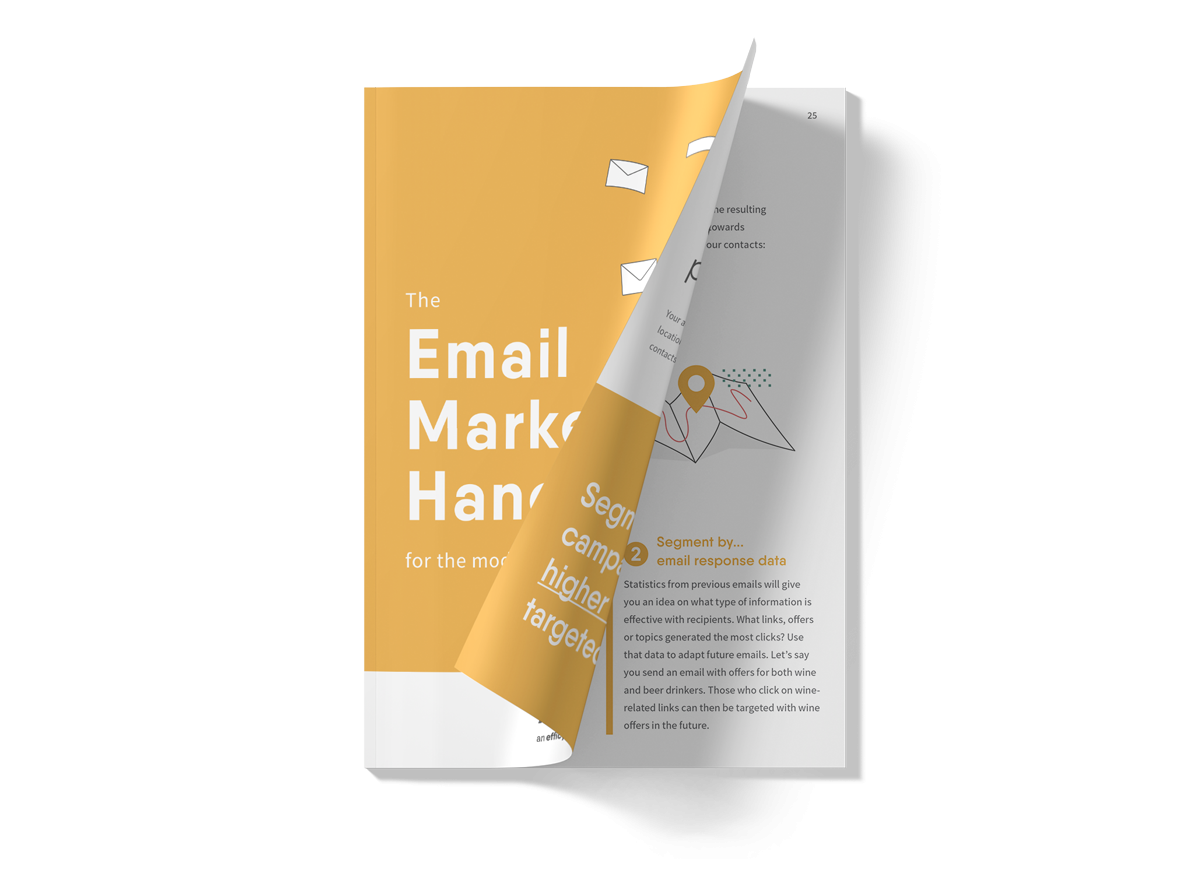About deliverability for email marketing
The one part of email marketing that gets the least, undeserved neglect, would probably be the one of Deliverability. No-one really wants to talk about it, and it should really just happen.
“That’s the reason why we bought your services” you say.. To not have to bother with this.
This is very true on the one hand. Yes, we are a company to provide you with great and hot IP numbers, and manage the relationship, in the most polite way, with the worlds different ISP.s to keep our clients from being blacklisted. We follow suit on all demands and best practices from the mayor ISPS to pursue the best reputation on the market and have your emails delivered safely to inbox.
So how can it be, that we now once in a while, ask for your cooperation? Simply put, we need a partner in crime, and we cannot do it alone.
So how does it work?
Let us briefly take you through the first lesson of deliverability:
When you send an email from a mail server, that email brings a thread of information attached to it. It can contain all kinds of server language that none of us understands, DKIM (Domain key identified mail), SPF records (Sender Policy Framework), and naturally your own domain name and a server IP-number and on it goes. When sending email as a Newsletter campaign it would probably also include HTML encoding, multiple links, images, text, banners and so forth.
Back in the days you would be safe when keeping the above in shape, and excluding words easily associated with spam, such as V!agra, FREE!!, Winning.., JACKPOT!
But today we face such well-developed and sophisticated spam filters that words are somewhat overseen and instead replaced by complex algorithms. They test the content; your thread of information: who is the sender from address – does it seem legit, the HTML encoding – any errors, links- where do they lead, images- can they be associated with any criminal activity). Further they are looking at the sending history and the past engagement by the recipient which is becoming more and more important. They are basically assessing your current reputation and if your intentions are good.
So what does this mean in practice?
Think about this as wiping you credit card each time you shop. If you abuse your card the bank will shortly call you to investigate what´s going on. What are you buying: Content; Does it seem possible that you should buy these kinds of products at this particular point of time? The bank starts looking into to past history; Sending history. Does your current activity correspond to prior activates? Have the activity level been this high before, and then been caused by illegal activity on your part; Past engagement. The next time you ask for a loan or credit, your bank id might deny you, due to bad behavioral history. It’s exactly the same with your email sendings. If you abuse the close at hand, easy way of reaching out to your members, you will end up being punished. You will get denied access to your recipient’s mail accounts. Always remember: Gmail, Outlook, Yahoo! and other email clients, doesn’t work for us; they work for their customers, and will do all they can to keep them safe from spam and any other malware out there. So what can we then do to charm these sharp Email clients and their algorithms?
We need to look at the bigger picture of our Email Marketing activities and think about our reputation. Remember, it only takes a few seconds to ruin and a long time to build up again.
First of all you need to make sure that the person behind the email still exists, and actively uses the email address. This means, that its time well spent to collect new members, and all your members, in a safe way. This can be done though double opt-in where you send a confirmation email to your newcomer, or make sure that the email is correct already when signing up by using a syntax check.
Second of all you need to help your email being delivered with a strong and well known sender from name, preferably your company name or a well-known club name. Further you need to provide relevant and personalized content to a targeted segment. Do not send offers of baby toys to a bachelor man in his twenties; instead focus on targeting parents in their twenties with affordable baby toys. Why not ask about interest areas in the sign up process to make sure you keep you members satisfied and, from the start, impressed by your spot on offers.
Weather we are a person representing a company or in private, we are still the same person that needs to be attracted by whatever information you are placing in front of us. If you lose my interest, I won’t open the email, I won’t click on any links, I won’t buy anything from you. I can assure you, that you are not the only one noticing decreasing sales numbers, but also the guarding spam filter employed by the email client! They identify lack of interest for your newsletters instantly, as the angry bank would have done when it came to the credit card abuse, and will gradually give you as a sender; your sender from name, your domain name; your IP numbers; a decreased reputation (reduced creditworthiness). If nothing changes in a few sending, eventually, your email will end up in the spam box or worse getting blocked (your bank, and all other banks, denies you a lone). This will then affect all your sending’s with that particular sender from address, that domain name and that IP number. You will start losing business.
Following the example above, the smartest thing for you to do is to check your results frequently and keep your list clean.
If you notice high bounce rates in your sendings, and/or inactive recipients make sure to investigate. High soft bounces, is the first sign that a person is not actively using their email account which means it’s a risk of becoming an inactive account and cause a hard bounce in your next sending.
By frequently sending to inactive email accounts you will soon be recognised as a bad sender and the horrible scenario above could become a reality for you. Your reputation is hurt.
So, when we say “keep your lists clean”, this means:
- Take care of your active members by providing quality content on a frequent basis to create top of mind brand awareness.
- Make sure to remove inactive members or hard bounce email addresses
- Make sure that you allow no more than 3 soft bounces per email address before you take action. Remove it or try to find ways to reactive the person behind the email address by a reactivation campaign or such.
In any case, make necessary changes! The worst thing you can do is pretend it’s a rainy day and pull a blanket over your head. We can guarantee you the spam filters never have a day off and email clients never stop observing and guarding all activities on their clients’ accounts.
If you don’t beat the spam filters they will beat you in the end.






